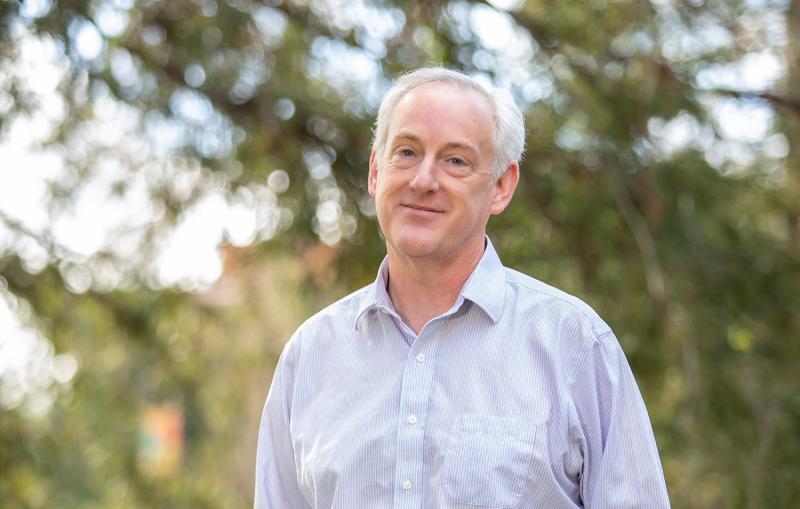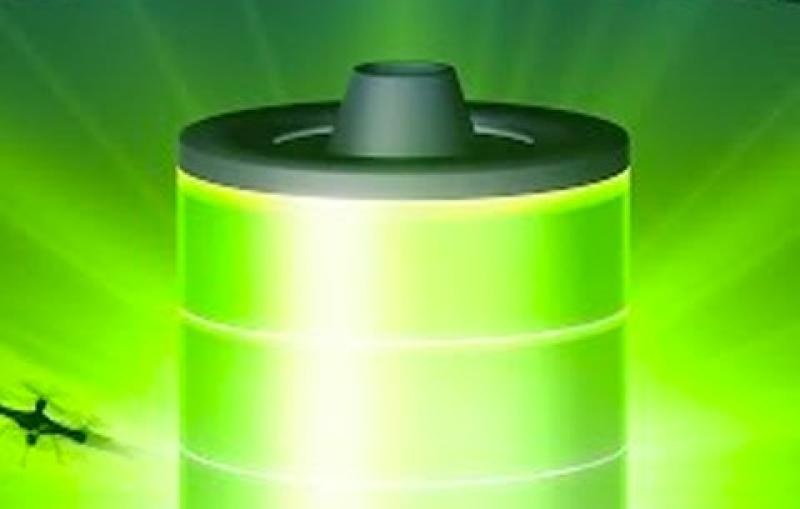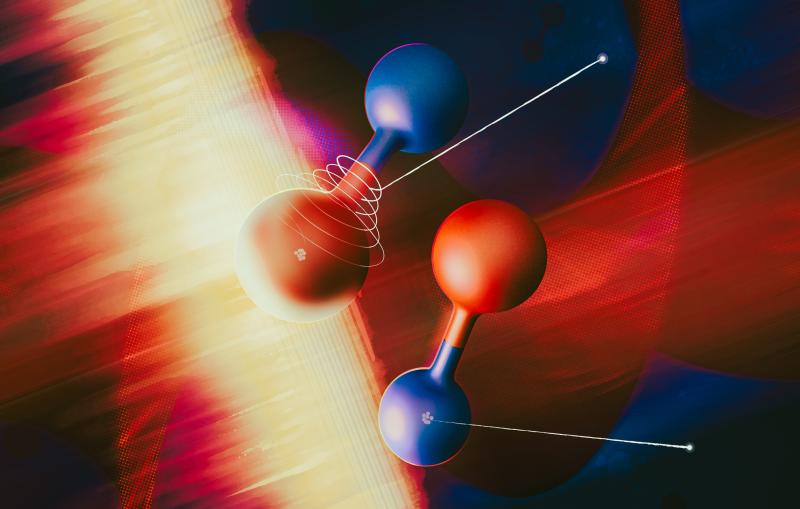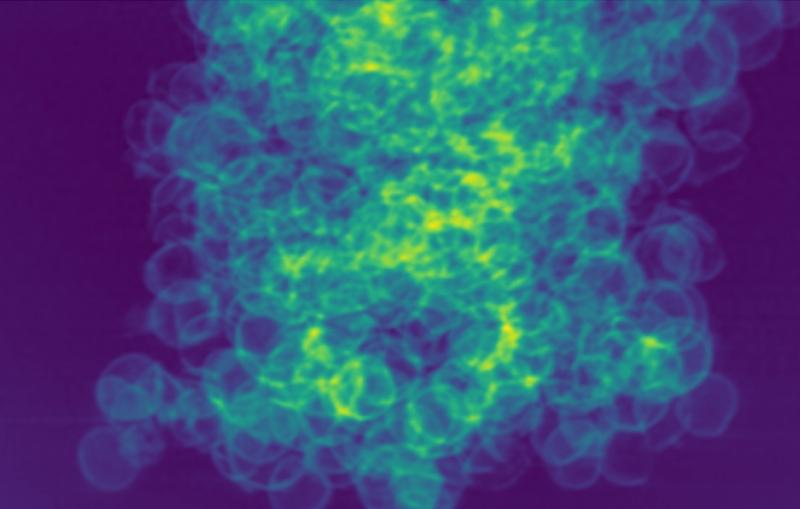
News Feature

Illustration
Scientists uncovered new information about the photoelectric effect, a phenomenon first described by Einstein over a century ago.


One of the most urgent challenges of our time is discovering how to generate the energy and products we need sustainably, without compromising the well-being of future generations by depleting limited resources or accelerating climate change. SLAC pursues this goal on many levels.



